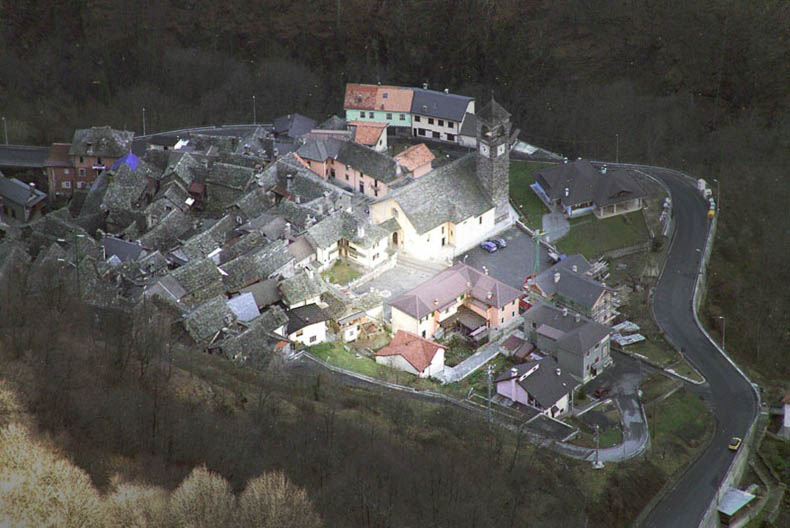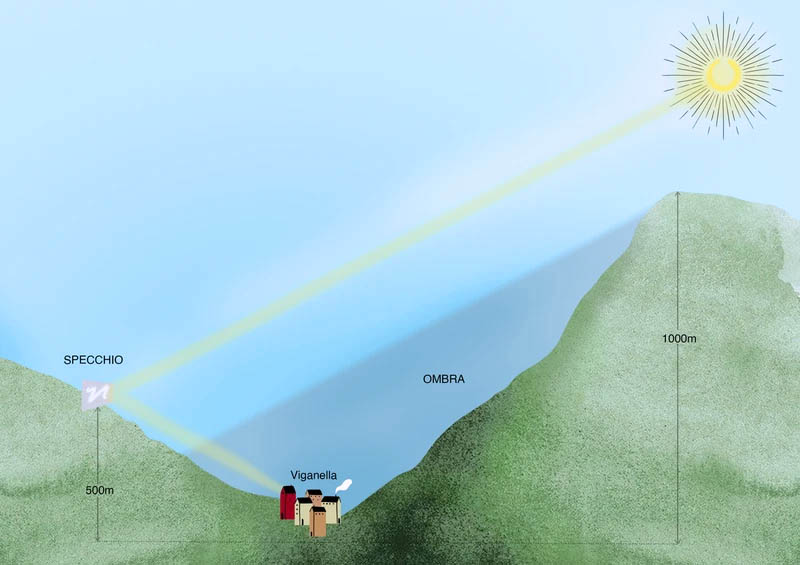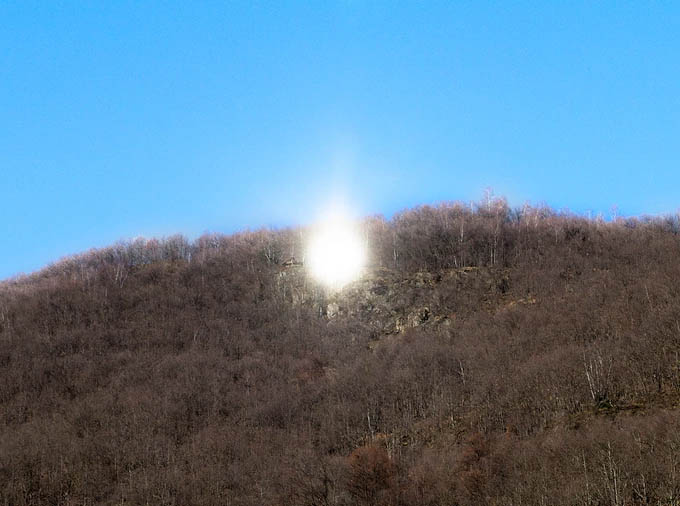Imagine living in an area where the sun does not shine for three months out of the year. Such thoughts will likely conjure up images of areas around the Arctic Circle during the depths of winter. Yet there is a place much further south that experiences just that condition and for countless generations, winter meant a town without sunlight. But it found a way to beat nature and came up with an ingenious way to shed light on the town.
Located near the Italian border with Switzerland, the town of Viganella clings to the side of a steep valley, surrounded by mountains, such that the unique topography blocks the sun’s rays, depriving the tiny hamlet of sunlight every year from November until February.
According to historical records, the area, situated in the Province of Verbano-Cusio-Ossola in the Piedmont, has been settled since at least the 13th century, leaving locals to have spent more than 800 winters in the dark. Every year, the community sees its last sunset on November 11 and must wait until February 2 for the rays of the sun to reappear. In the United States, Groundhog Day is used to guess at whether we will have six more weeks of winter or an early spring. In Viganella, it is a day of celebration, where townsfolk don traditional costumes and celebrate the return of light with rituals that are believed to go all the way back to pagan customs.
Having experienced a gradual decline in population throughout the 20th century, the Alpine village has only 163 residents today. The long, dark winters are not a feature that draws new inhabitants to the town.
In 1999, Giacomo Bonzani, a local architect, proposed installing a sundial on the church façade. Then-Mayor Pierfranco Midali dismissed the idea and instead proposed the unimaginable, bringing sunlight to Viganella for the 83 days that it is blocked by the mountains. Bonzani considered the request and conceived of installing a huge mirror on one of the peaks above the town and reflecting its light into its piazza.

making sunlight
The ingenious idea was put into action and on December 17, 2006, the project finally saw the light of day. The mirror was designed by Bonzani with the help of engineer Gianni Ferrari and cost about €100,000. Mounted on a rotating base at an altitude of 1,650 feet, the mirror is roughly 26 feet wide and 16 feet tall. It stands on a mountain on the opposite slope from the town and reflects sunlight for six hours each day as it follows the sun’s path in the sky, thanks to a software program and motorized mounting.
While not nearly as strong as the rays of the sun, the reflected light does measurably warm up the square a half mile from the mirror and provides some natural light to the town’s homes. The mirror is only put to use in winter and stays covered for the remainder of the year.
Italy has New Prime Minister
Although created to solve a very practical problem, the project has an almost poetic side to it, too. “The idea behind the project doesn’t have a scientific basis, but a human one,” said former Mayor Midali. “It comes from a desire to let people socialize in winter when the town shuts down due to the cold and the dark.”
Viganella’s mirror has drawn the attention of millions of people around the world since it was installed and its success has inspired other towns around the world. In 2013, a mirror was installed in a town similarly situated in a deep valley in south-central Norway, after a group of engineers came to Viganella to study the mirror on site.
While history is full of examples of solar mirrors, from Archimedes’ mirror, said to have burned a fleet of ships in Syracuse, to their application in modern space telescopes, Viganella’s project still feels unique. It is hugely appreciated by its residents who will bask in the light of their artificial sun for generations to come.






